HOME > Football
Sunday 011 Gold Cup USA vs Mexico; event preview
12:01am, 7 July 2025【Football】
; Event Preview q462878535
Sunday 011 Gold Cup United States VS Mexico
July 7 at 07:00, the 2025 Gold Cup final will be held at the NRG Stadium in Houston, and the US and Mexico will stage a peak showdown in North American football. The following is an in-depth analysis based on the latest data:
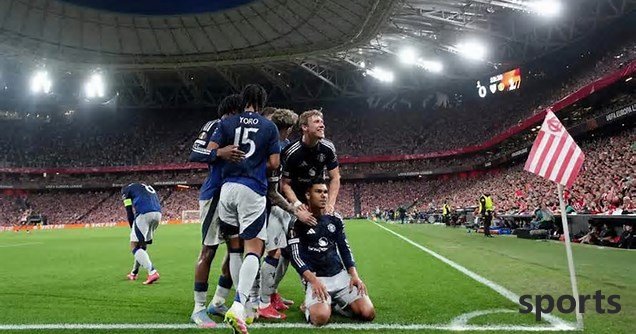
1. Core lineup and injury impact
Team US
Youth Storm and Hidden Dangers: Prisic, McKenny, Renner and other main players are absent due to the Club World Cup or injuries, and the lineup is mainly young players. 21-year-old star Luna (3 goals in the knockout stage) and 23-year-old Tillman (3 goals and 2 assists) are at the core of the offense, but lack experience in the big game. On the defensive line, left-back Alfsten is in a sluggish state (49% confrontation success rate) and may enable 22-year-old rookie Tolkien, whose defensive awareness and return speed are uncertain. Although goalkeeper Fries saved 3 penalty kicks in the quarterfinals, he appeared as a buttery player in the semi-finals faced Guatemala, and his stability was doubtful 2526.
Midfield adjustment and physical fitness shortcomings: Cardoso is absent due to injury, De La Torre and Ledesma form a double midfielder, and need to undertake the dual tasks of interception and ball output, but the two averaged only 5.1 steals per game, making it difficult to completely limit the Mexican midfielder. Three high-intensity games (including Club World Cup) in the past 10 days have resulted in insufficient physical reserves. The average running distance of the main players has decreased by 12% compared with the season average
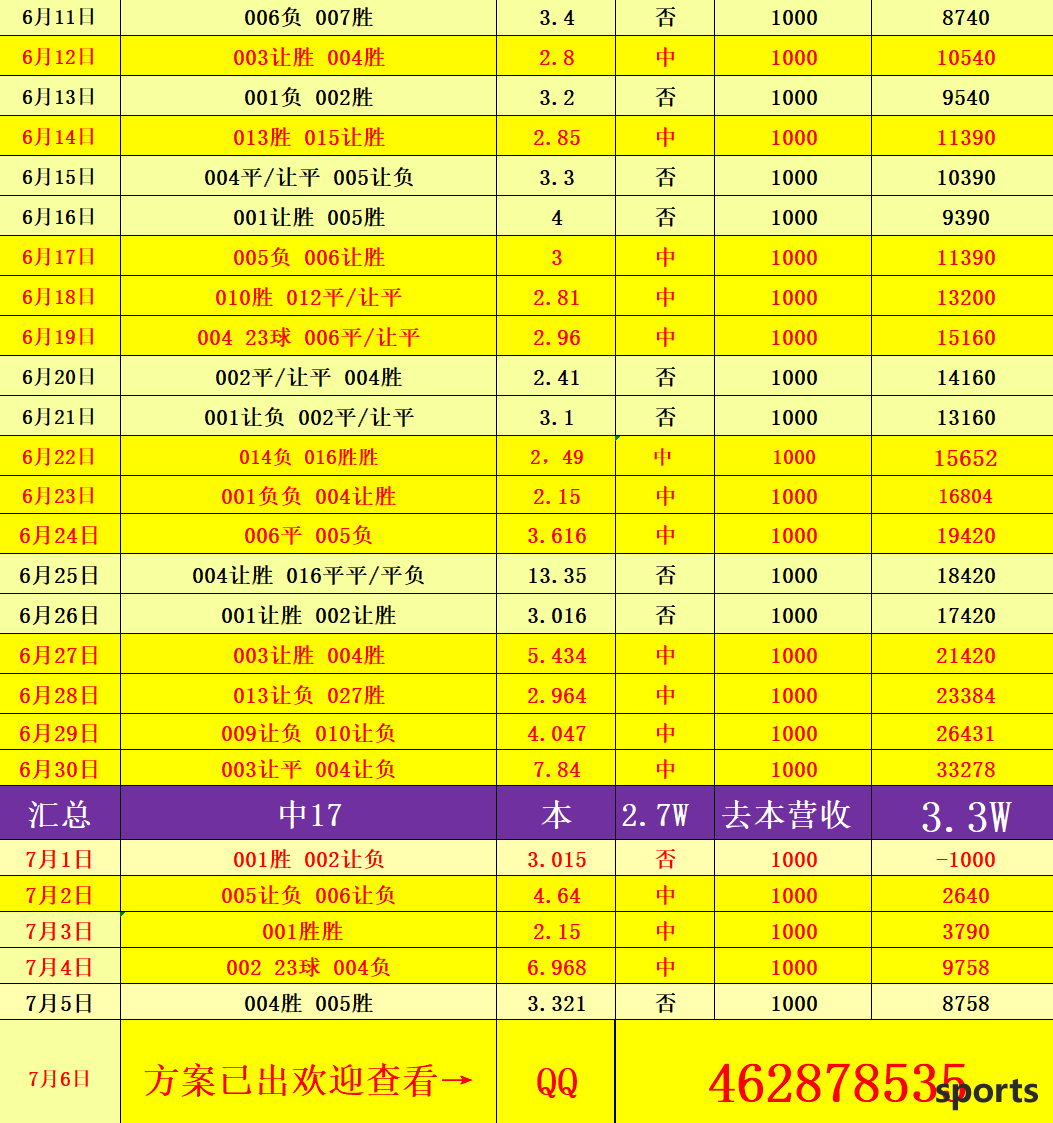
Mexico team
offensive and defensive reorganization and forward dependence: midfielder Chavez's cruciate ligament torn (rest for 6-8 months), left-back Galliado suspended the game, forcing coach Aguire to change the team 5-3-2. Central defender Montes has returned from ban (3 goals in the group stage) to strengthen the threat of set-pieces, but right-back Sanchez (32) has a shortcoming speed that may be targeted by the US wing. The forward line relies on Jimenez (2 goals this year) and 16-year-old star Mora (1 goal and 2 assists) to form a "young and young" match, but the sports battles are less efficient in breaking intensive defense (only 3 goals in the last 5 games), and the bench lacks a reliable fulcrum of 325.
Goalkeeper experience and physical fitness consumption: Ochoa will usher in his 6th Golden Cup final if the starter starts. His experience with a 71% saving point success rate is key, but the age of 38 may be affected by the high temperature. The average age of Mexico's main players is 28.7 years old, which is more susceptible to the high temperature of 34℃ than that of the United States (24.3 years old). Physical energy reserves may be a hidden danger
Key points of tactical game
midfield control competition
The US team averaged 14.3 high-presses per game (2nd in the Cup), trying to target the scheduling loopholes after Mexican midfielder Chavez was absent. De La Torre and Ledesma need to cut off Alvarez from the front line, while Mexico relies on Alvarez (90% pass success rate) to find Jimenez, but the combination of US double center back Zimmerman (68% high-altitude top-square success rate) and Richards may limit this tactic. Mexican midfielders Ruiz and Lila's pass success rate dropped by 9% compared to Chavez's present, and may be suppressed by the high-pressure pressing of the United States 316.
Wide offensive and defensive match
U.S. left shock: Tillman (performed 4.2 times per game) and Luna will focus on the speed disadvantage of Mexican right-back Sanchez. The set-up of US fullback Robinson (3.8 assists per game) may create a cross opportunity, but be careful to have a 316 gap behind him.
Mexico's left-wing danger: After Galliado's suspension, substitute left-back Duranville (49% confrontation success rate) may become a breakthrough in the United States' counterattack. Mexico is trying to create murderous intent through the breakthrough of Vega on the right (speed of 35.3km/h), but the defensive ability of the US right-back Dest (retrieving speed of 28km/h) is doubtful.
Sets and physical fitness games
U.S. set pieces account for 28% (3rd in the Cup), and the high-point combination of Zimmerman and Afsten may impact 68% of Mexico's set pieces of defensive loopholes (3rd to the Cup). Mexico relies on Montes' header (3 goals this year) and Jimenez's fulcrum, but the high temperature may accelerate the physical energy of the Mexican veteran, while the young vitality of the US bench may become the decisive factor
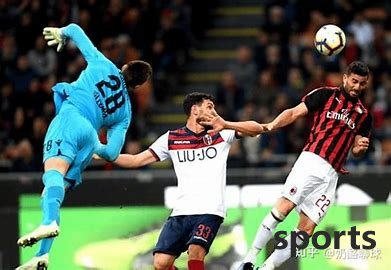
Score tendency:
Mexico 1-0 small victory (probability 32%): Montes scored a set piece, Ochoa zeroed in blockade.
1-1 Overtime in draw (probability 28%): Luna broke through on the flank and created murderous intent, Jimenez equalized the score, and Mexico's penalty kick was higher.
The United States 2-1 counterattack (probability 25%): Tillman made a long shot, and Mexico's defense made a mistake and gave a gift of 2125.
Risk warning: Mexico's stability in reaching the finals in the last 10 Golden Cups and Ochoa's "goal god attribute" constitute a psychological deterrence, but the voice of 60,000 fans at home in the United States and the impact of young players may make the game full of variables. The probability of a small ball (Under 2.5) is 60%, and the corner kick is 9.5 (the United States averages 5.2 corner kicks per game) is worth paying attention to 2125.
Conclusion: Mexico has a slight advantage with its competition experience and defensive resilience, but the United States' home advantage and wide impact may create a draw. Regular time is likely to be stalemate, and Mexico has a more psychological advantage in overtime or penalty kicks.
7MRelated Posts
- Zhan Jun: Sobo should be the most stable core for the Red Army in the new season. The most important thing is to improve the defense.
- 0-1, the former Premier League champion lost to Millwall and suffered 2 consecutive defeats in the English Championship + dropped to 10th place
- One-day Premier League news: Manchester United is accelerating the sale of backup shooters, Slott has a new target to buy defenders
- 22 seats have been reserved for the World Cup: Cape Verde, a small country with a population of 540,000, has advanced! There are 3 seats left in the African region.
- Defeat! Ruben Neves: Jota’s jersey gives me extra strength and the victory is well deserved
- Damn laughing: 1-0 in 90 minutes, Guardiola excitedly kissed the fourth official, and Manchester City was beaten 3 minutes later
- Infantino: Serie A is the league in my life, I will always pay attention to A
- 2025.08.31 Paris Football Club VS Metz Event Recommendation Analysis
- Austrian roster: Alaba leads, Sabize, Lemel, Anau, and Dansor are selected
- Real Madrid double stars Mbappe and Vinicius are in a crisis of self-confidence
Hot Posts
- Zhan Jun: Sobo should be the most stable core for the Red Army in the new season. The most important thing is to improve the defense.
- 0-1, the former Premier League champion lost to Millwall and suffered 2 consecutive defeats in the English Championship + dropped to 10th place
- One-day Premier League news: Manchester United is accelerating the sale of backup shooters, Slott has a new target to buy defenders
- 22 seats have been reserved for the World Cup: Cape Verde, a small country with a population of 540,000, has advanced! There are 3 seats left in the African region.
Recommend

With a double victory of psychology and tactics, Conte has become Inter Milan’s number one public enemy.

The statue of Wade was named the ugliest in history! He beats stars such as Ronaldo Beckham and is the only NBA star on the list
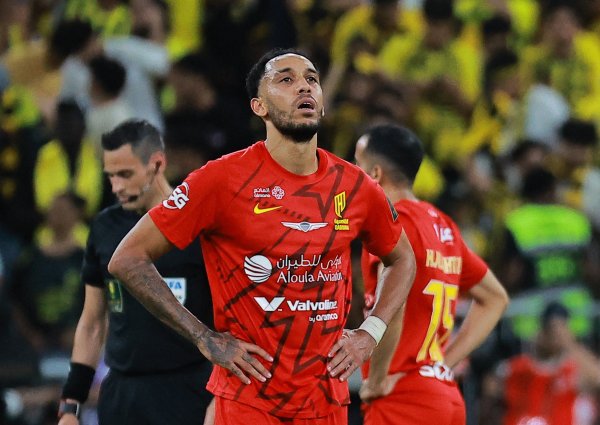
Team News: Marseille has inquired about Aubameyang s willingness and possibility of return

Portuguese striker Harder only wants the main player, so he tends to join Rennes compared to Milan
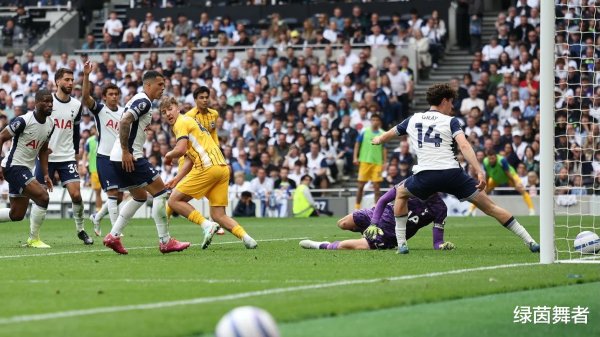
A strange scene in the five major leagues: La Liga 40 team was relegated, but Premier League 38 team was able to play in the European Championship

Score 4 points in 2 games! Sabitzer: As long as you take the game seriously, you can keep winning

Sun: Giggs leaves Salford City and he hopes to return to coaching position

Former Manchester United assistant coach: If Amorin leaves office, Carrick may be the most obvious choice